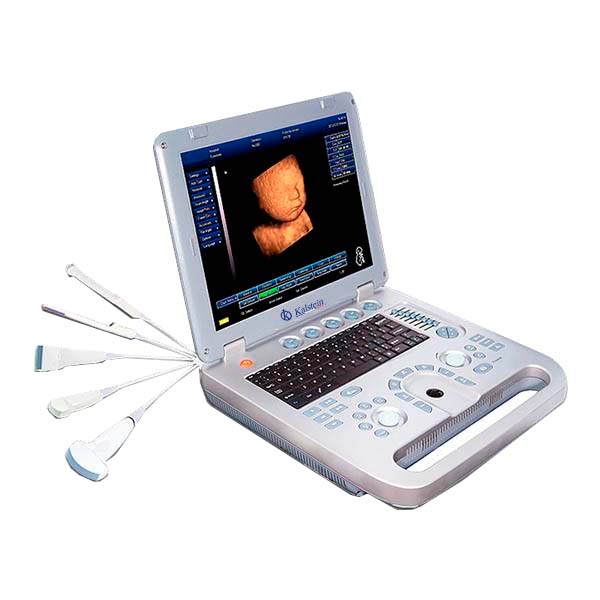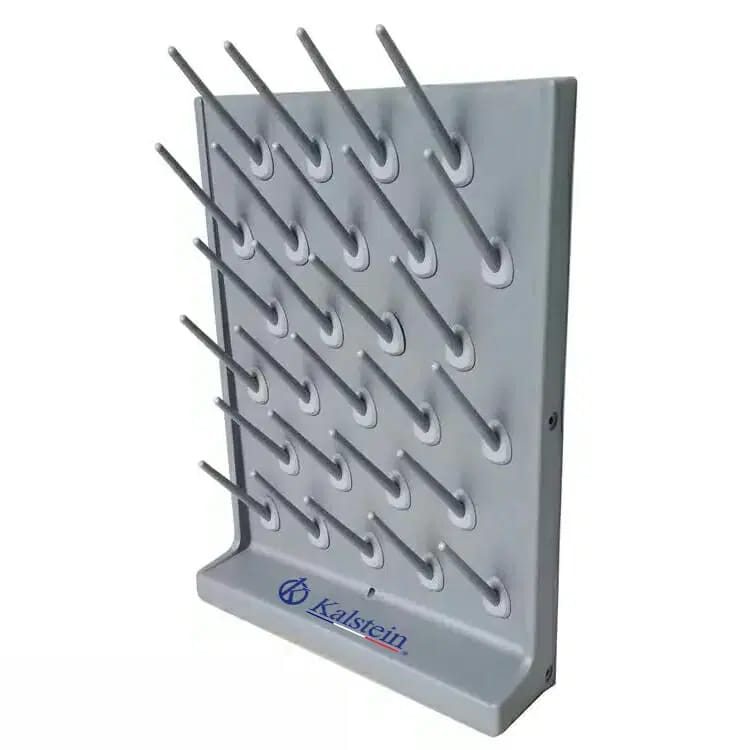Ultrasound scanners are one of the oldest and most effective methods of diagnosing tumors in people. This diagnostic technique helps doctors determine whether a person has a tumor, what kind of tumor they have, and how large the tumor is when they identify the contours of the tumor. This is then used in combination with other tests, such as a positron emission tomography, to help doctors make the best treatment decision for a person.
Ultrasound is widely used to detect abnormal growths in the human body. Ultrasound uses very high frequency sound waves to capture images of the different tissues and organs of the body, these waves are absorbed and/or reflected from the tissues heading to the transducer, depending on the density of the tissues to be explored. The reflected wave is carried to the transducer and transformed into an electrical pattern that is processed and then converted into a graphic image used to detect tumors.
What factors allow the detection of tumors with ultrasound?
There are many factors in the detection of tumors by ultrasound. The basic principle is that tumors are different from surrounding tissues. Tumors have an endogenous nucleus that is a dark region within the tumor. This region is darker because the bodies are denser and cannot be permeated by the sound wave.
This means that when an ultrasound signal travels through tissue with a tumor, the wave is absorbed and/or reflected differently than it is reflected and/or absorbed into normal tissues. Each ultrasonic scanner comes with its own screen and transducer. The transducer is placed on the skin and connected to the scanning apparatus. The screen basically shows an actual three-dimensional image of the structure and is processed through an algorithm to convert the data into a graphical image.
What do doctors see in ultrasound-generated images?
In this connection, doctors can identify changes in the contours of the image projected on the screen, indicating the presence of a tumor. This helps determine the size of the mass, its location, and how fast it is advancing. Ultrasound scan will show dark areas if a tumor is present. Many times, these sections will look brighter on the scanner.
In addition to imaging the tumors, the scanner also shows the outlines around the tumor and this helps doctors decide on treatment. Some scans also use colors to show subtle differences between tumors, helping doctors identify the exact nature of the growth. This is important because different types of tumors have different treatments, so identification is crucial.
Because of the location of the tumor, some types of tumors may not be visible with an ultrasound scan. In this case, doctors may do other tests such as computed tomography, specifically if the symptoms are severe. Computed tomography not only identifies tumors but also classifies them, helping doctors identify the best treatment options.
Why is it important to have an ultrasound scanner?
In addition to detecting tumors, ultrasound is also used to guide biopsy or surgery procedures. This is because ultrasounds can show an accurate picture of where the tumor is, allowing doctors to safely and effectively access the tumor. In addition, the 3D image displayed by the ultrasound scanner can help doctors make important decisions before, during, and after surgery.
In conclusion, ultrasound has become one of the most effective and accurate methods to detect tumors. Ultrasound can show tumor outlines, tissue densities, and track the presence of a tumor before surgery to detect and classify tumors. In addition, ultrasound can be used to guide important surgical procedures. These factors make ultrasound a valuable method for doctors to determine the best treatment for a person.
The ultrasound scanner from the manufacturer Kalstein
Kalstein offers a state-of-the-art, versatile ultrasound scanner that can be used in the diagnosis of tumors. Doppler echoes can be applied to different parts of the body and images can be projected on high-definition screens. Those interested in this equipment, in terms of sale, price and purchase, can contact the following links HERE and HERE.




